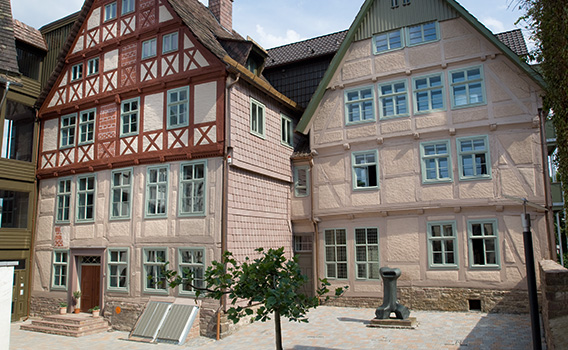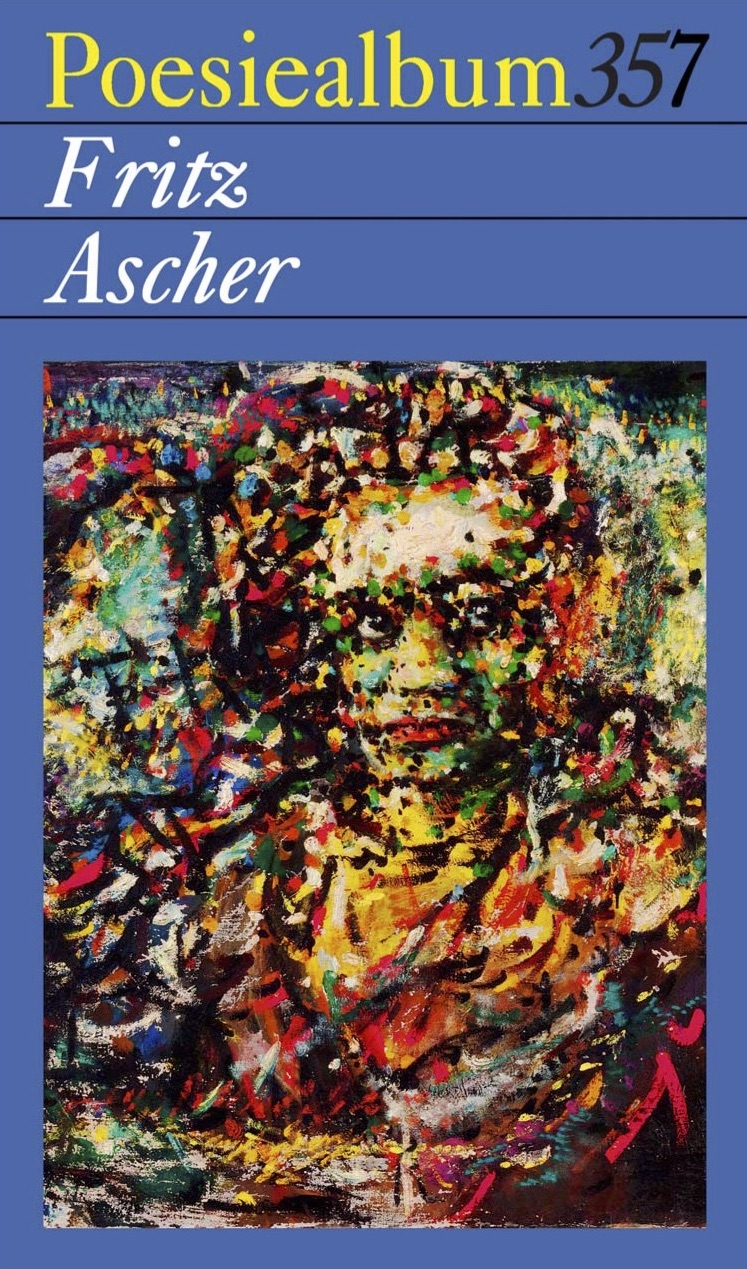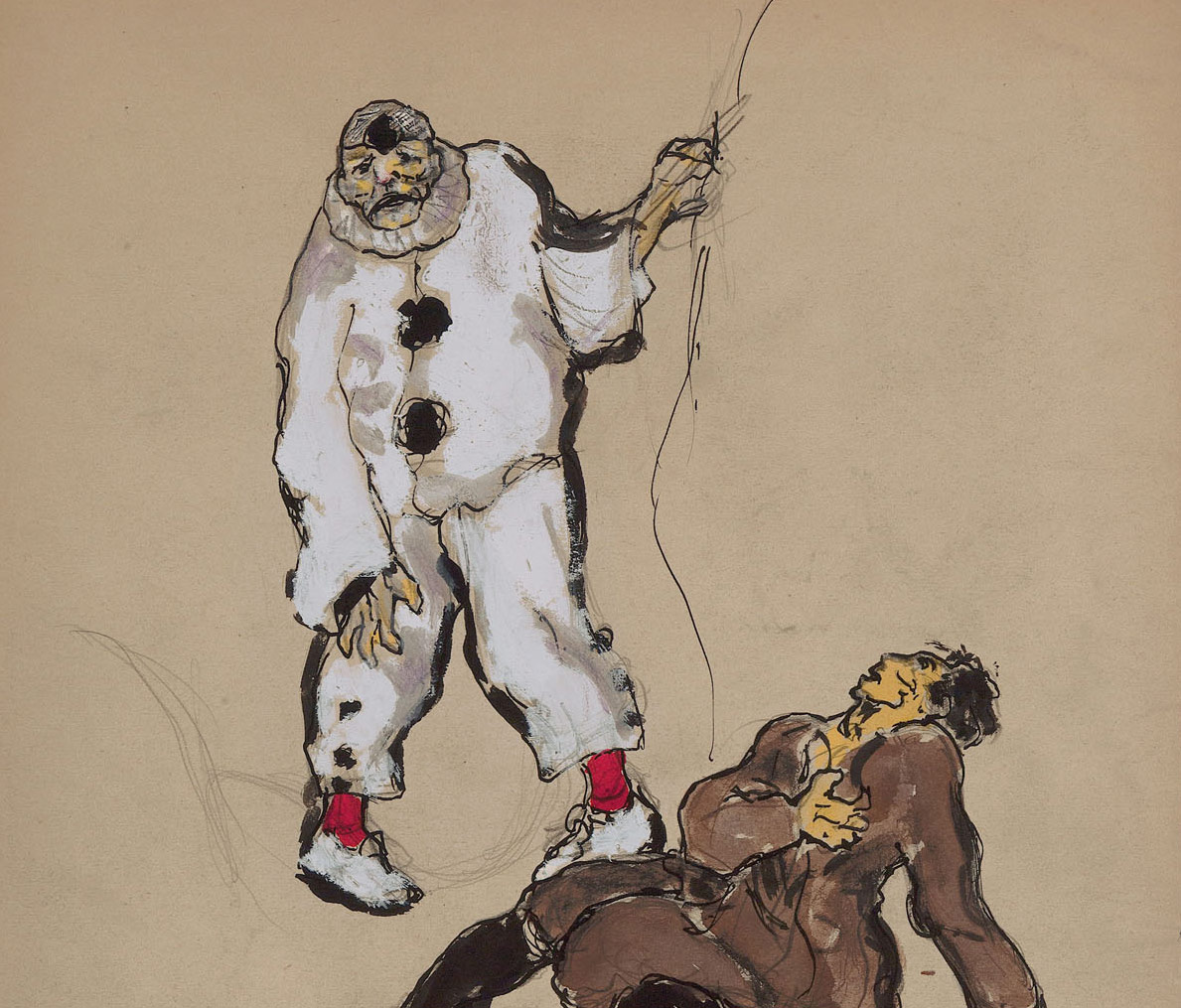Pierrot
-
-

“Der Vereinsamte. Clowns in der Kunst Fritz Aschers”
Forum Jacob Pins Westerbachstr. 35-37, Höxter, NY, Germany
Forum Jacob Pins, Höxter, Germany
“The Loner. Clowns in the Art of Fritz Ascher (1893-1970)” Watch the German language video of the opening lecture by Julia Diekmann, Curator at Forum Jacob Pins HERE. Watch a short German language video about the installation of the exhibition HERE. You can order the bilingual (German/English) exhibition catalogue HERE. On the occasion of the 50th anniversary of the artist's death, Forum Jacob Pins shows around 40 paintings and works on paper by the Expressionist Fritz Ascher (1893-1970). Persecuted by the National Socialists as a “degenerate” artist and as a born Jew, Ascher lived through two world wars, existential social and political unrest, the persecution by the National Socialists and the development of a divided Germany. The exhibition for the [...]
-

Guided Tour through the Exhibition
Forum Jacob Pins Westerbachstr. 35-37, Höxter, NY, Germany
“The Loner. Clowns in the Art of Fritz Ascher”
by Curator Julia Diekmann, Höxter (Germany)Exhibition curator Julia Diekmann guides through the exhibition. Whether in dramatic context or as individual figure, the clown always plays the role of the outsider, of the one opposite the many. He is laughed at and ridiculed, is the fool, despised, and humiliated, always operating from the margin. In Ascher’s work, the figure of the clown, the Bajazzo, appears first around 1916. It becomes a lifelong interest, expressed in paintings, drawings, lithographs and poems. Based on the opera I Pagliacci by Ruggero Leoncavallo (1857-1919), which was popular in the 1920s, Ascher creates both dramatic scenes of the tragic love burlesque and studies of the Bajazzo, the Pagliaccio or clown as a single figure. The intensity in the artistic expression of the figure, [...]
-
-

Guided Tour through the Exhibition
Forum Jacob Pins Westerbachstr. 35-37, Höxter, NY, Germany
“The Loner. Clowns in the Art of Fritz Ascher”
by Curator Julia Diekmann, Höxter (Germany)Exhibition curator Julia Diekmann guides through the exhibition. Whether in dramatic context or as individual figure, the clown always plays the role of the outsider, of the one opposite the many. He is laughed at and ridiculed, is the fool, despised, and humiliated, always operating from the margin. In Ascher’s work, the figure of the clown, the Bajazzo, appears first around 1916. It becomes a lifelong interest, expressed in paintings, drawings, lithographs and poems. Based on the opera I Pagliacci by Ruggero Leoncavallo (1857-1919), which was popular in the 1920s, Ascher creates both dramatic scenes of the tragic love burlesque and studies of the Bajazzo, the Pagliaccio or clown as a single figure. The intensity in the artistic expression of the figure, [...]
-

Bilder im Gespräch: Bajazzo
Forum Jacob Pins Westerbachstr. 35-37, Höxter, NY, Germany
Guided Tour through the Exhibition
“The Loner. Clowns in the Art of Fritz Ascher”
by Curator Julia Diekmann, Höxter (Germany)Exhibition curator Julia Diekmann guides through the exhibition. Whether in dramatic context or as individual figure, the clown always plays the role of the outsider, of the one opposite the many. He is laughed at and ridiculed, is the fool, despised, and humiliated, always operating from the margin. In Ascher’s work, the figure of the clown, the Bajazzo, appears first around 1916. It becomes a lifelong interest, expressed in paintings, drawings, lithographs and poems. Based on the opera I Pagliacci by Ruggero Leoncavallo (1857-1919), which was popular in the 1920s, Ascher creates both dramatic scenes of the tragic love burlesque and studies of the Bajazzo, the Pagliaccio or clown as a single figure. The intensity in the artistic expression of the figure, [...]
-
-

“Narr der ich bleib…”
Forum Jacob Pins Westerbachstr. 35-37, Höxter, NY, Germany
Poems and Artwork by Fritz Ascher
Preview of “Poesiealbum” by Märkischer VerlagReading of Poems by Stephan Weigelin and Reflexion on Artwork by Julia Diekmann The event previews a "Poesiealbum" of Fritz Ascher’s poems, which will be published in December 2020 by Märkischer Verlag Wilhelmshorst, in the series “Ostracized Poets – Burned Books.” "Fritz Ascher's poetic voice rises at a time when his artistic voice is forced to fall silent. Fear of death, hunger and immobility, isolation and loneliness are his daily reality. In this situation he writes poems in which he shares his thoughts and innermost feelings and creates unpainted pictures. Ascher's poems are authentic, tender and powerful, and live from the expressive, creative use of language." Rachel Stern "... we can now safely include him in our canon of [...]
-

Kunstpause
Forum Jacob Pins Westerbachstr. 35-37, Höxter, NY, Germany
Guided Tour through the Exhibition
“The Loner. Clowns in the Art of Fritz Ascher”
by Curator Julia Diekmann, Höxter (Germany)Exhibition curator Julia Diekmann guides through the exhibition. Whether in dramatic context or as individual figure, the clown always plays the role of the outsider, of the one opposite the many. He is laughed at and ridiculed, is the fool, despised, and humiliated, always operating from the margin. In Ascher’s work, the figure of the clown, the Bajazzo, appears first around 1916. It becomes a lifelong interest, expressed in paintings, drawings, lithographs and poems. Based on the opera I Pagliacci by Ruggero Leoncavallo (1857-1919), which was popular in the 1920s, Ascher creates both dramatic scenes of the tragic love burlesque and studies of the Bajazzo, the Pagliaccio or clown as a single figure. The intensity in the artistic expression of the figure, [...]
-
-

Arnold Schoenberg’s Pierrot Lunaire
1014 - space for ideas 1014 5th Avenue, New York, New York, NY, United States
and the Role of the Clown
in the ArtsPierrot, the famous character from the Italian commedia dell’arte, is set by the composer A. Schoenberg as the moonstruck and fantastical clown, who is a symbol for putting on a mask to hide one’s true feelings or opinions. Forever lovelorn and wistfully contemplating the dying moon, he lurches through the night, hiding his face underneath a thick layer of white paint. The extravagance of emotions, the aesthetic of exaggeration, and the distortion of communication through the mask turn Pierrot into an incredibly fascinating and universal figure. Pre-concert talk Rachel Stern, Director and CEO, The Fritz Ascher Society for Persecuted, Ostracized and Banned Art Stephen Decatur Smith, Stony Brook University, Department of Music Concert [...]
Free


